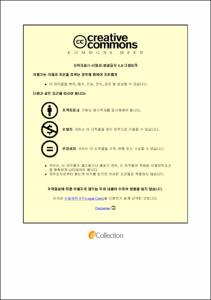국내 중소기업의 성장통에 영향을 미치는 요인에 관한 연구
- Appears in Collections:
- 지식서비스&컨설팅학과 > 1. Thesis
- Files in This Item:
-
-
Download
 200000103005.pdf
기타 데이터 / 1.93 MB / Adobe PDF
200000103005.pdf
기타 데이터 / 1.93 MB / Adobe PDF
-
Items in Repository are protected by copyright, with all rights reserved, unless otherwise indicated.